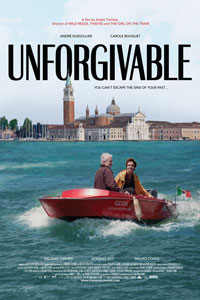 Unforgivable/2011/Strand Releasing/112 min.
Unforgivable/2011/Strand Releasing/112 min.
There’s a moment early on in “Unforgivable” when André Dussollier ’s character, a best-selling crime writer named Francis, suggests to a woman he just met (Judith, played by Carole Bouquet) that they move in together. Exasperated, she rolls her eyes and reminds him that they barely know each other. His response is that “knowing” isn’t a prerequisite to love.
Crazy as it seems, she accepts the offer (ok, it happens to be on an island near Venice) and somehow the decision seems completely plausible in the coolly hypnotic world created by director/co-writer André Téchiné.
He’s in his 60s, she’s in her 50s and, as they attempt to merge their lives, their flaws and frailties surface, not to mention their baggage. Francis’ adult daughter Alice (Mélanie Thierry) has a wild-child streak; while visiting the couple, she takes off, leaving no word as to her whereabouts.
Judith, a former model, now real-estate agent, has had many lovers with whom she has stayed friendly. She is independent, sometimes aloof and doesn’t take Francis and his family drama as seriously as perhaps he would like. Panicked about Alice, Francis taps an old flame of Judith’s (Adriana Asti as gumshoe Anna Maria) to find her. As his frustration about Alice mounts, Francis becomes suspicious and jealous of Judith’s chill charm and knack for attracting attention. So he hires Anna Maria’s son Jérémie (Mauro Conte), just out of jail and in need of cash, to follow her and report back to him her activities.
Technically, “Unforgivable” isn’t a neo noir, but there are noir elements in this sleek, suspenseful, contemplative movie that is particularly well written and well acted. (Based on a novel by Philippe Dijan, Téchiné co-wrote the film with Mehdi Ben Attia.) Arguably, there is almost too much going on – sometimes the supporting players’ strands of the story meander a bit randomly and Alice’s relationship with her father doesn’t quite feel authentic. But Téchiné, one of the most highly regarded French filmmakers of his generation, rewards patient viewing with graceful images and illumination of the niggling difficulties inherent in loving and trusting other people.
“Unforgivable” opens today in New York and LA.





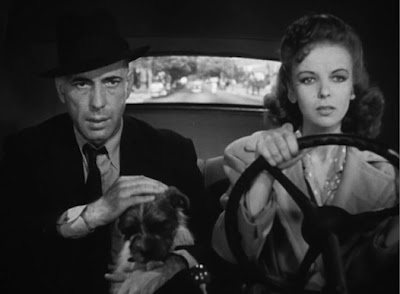
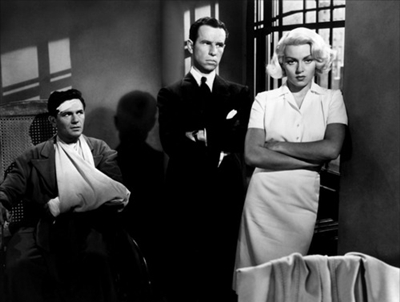
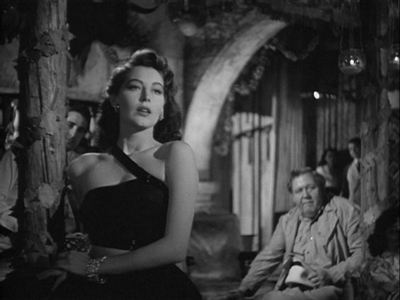
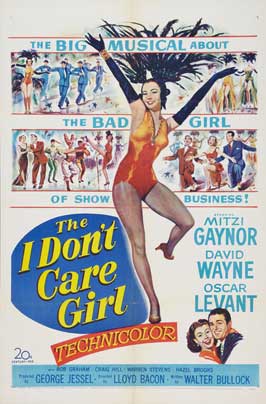
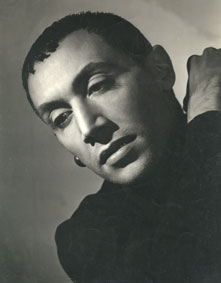
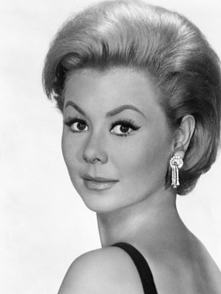
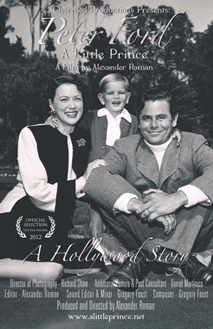
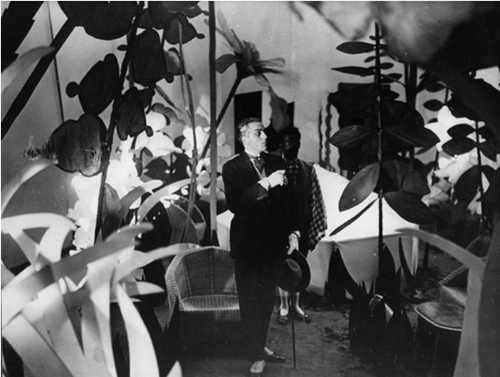
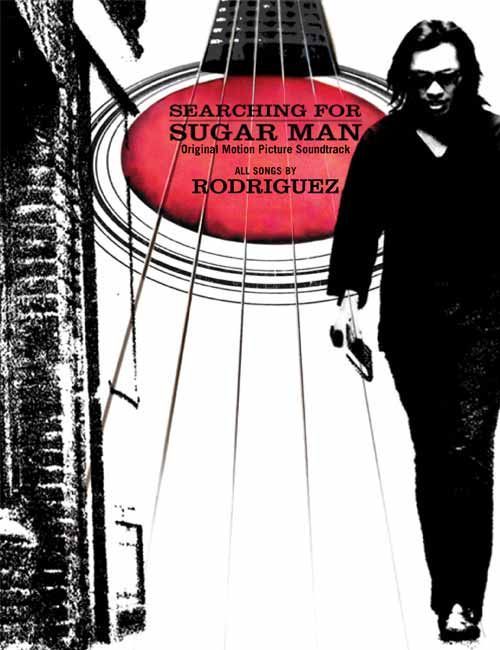
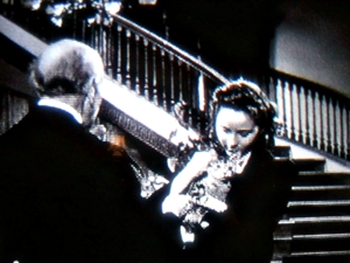
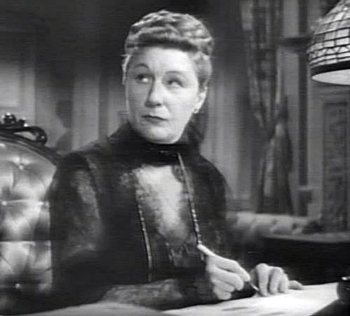
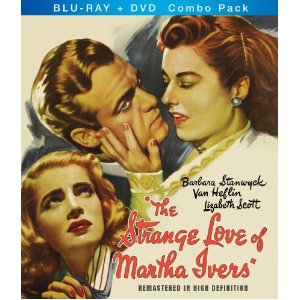
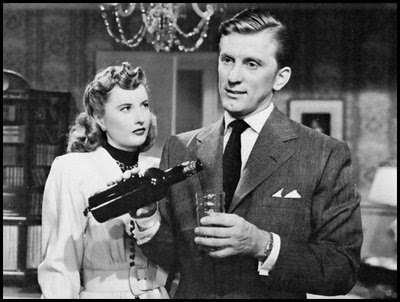
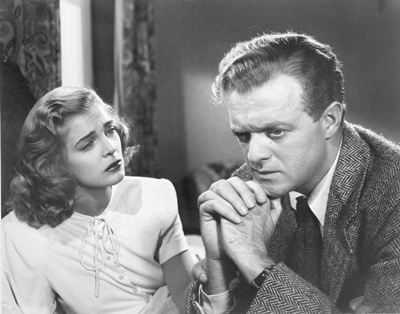
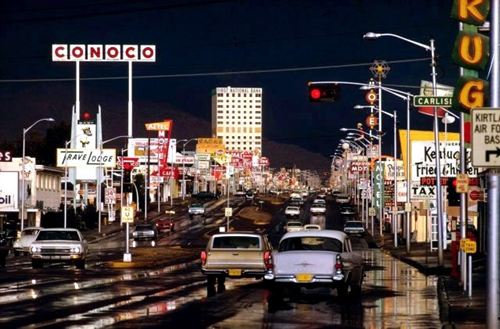






From FNB readers